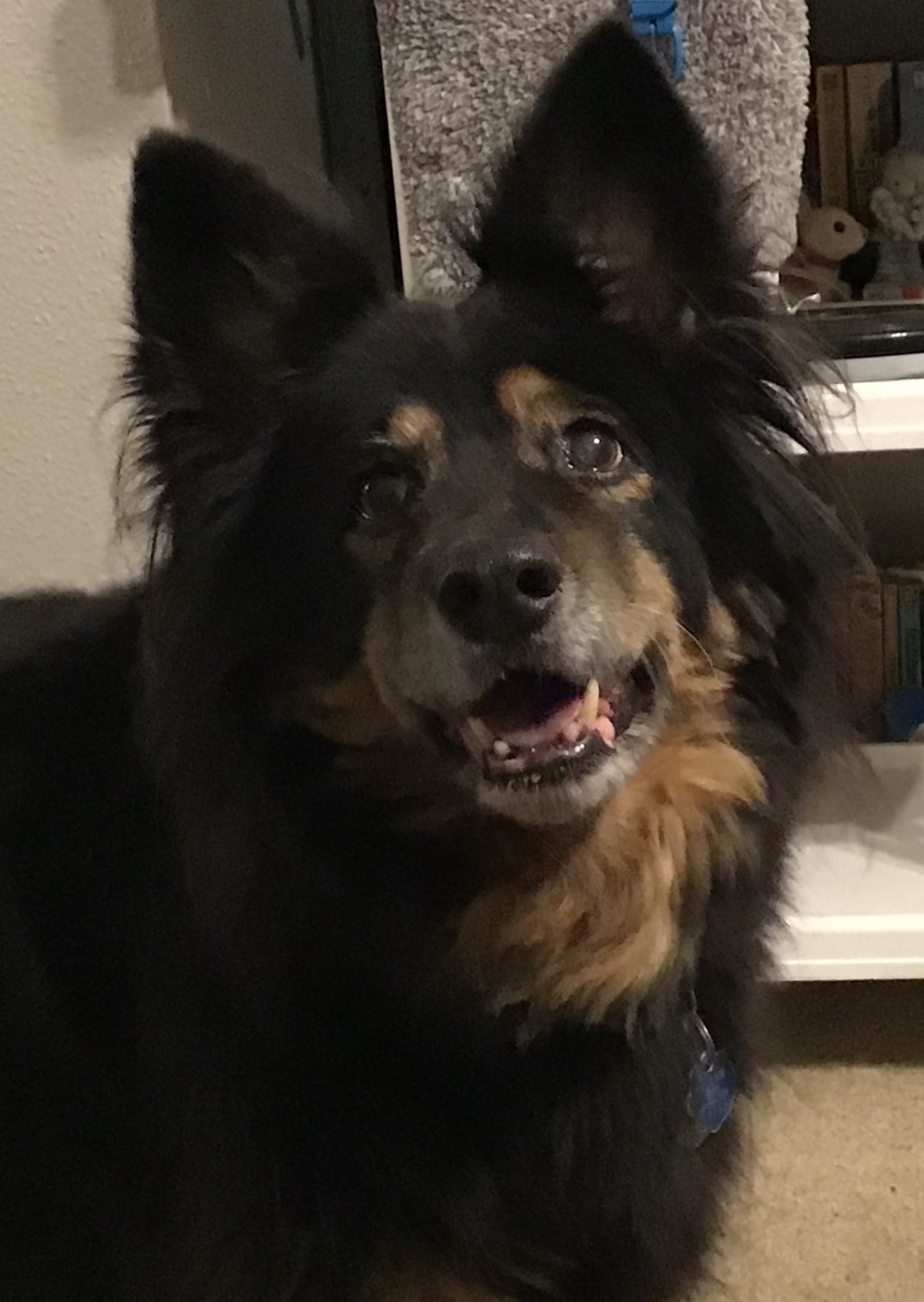
Blind Dog Tips
Blindness can occur in our pets due to injury, illness or age. Honestly, it's something I think everyone should be planning to deal with in their pets at some point. Deafness, too. My girl, Shiloh actually lost sight in one eye in a flyball accident. I didn't realize she'd lost it for some time, she adjusted well. But as she aged, she began to get cataracts and I noticed Shiloh having more trouble, getting startled by people or other animals moving toward her, etc. It didn't help that her hearing was getting bad.
Shiloh started clicker training as soon as I brought her home at about 12 weeks. During her life, I also did a lot of directional training with her, teaching her to go away from me, to move left or right. In her last few years, I started adding touch as an indicator to help her move the direction I wanted her to go. All of these things made losing her sight and hearing much less stressful for the both of us.
Below are some great tips I found on the Blinddogs.net site. The article is no longer available there, so I've included the tips below. Please let me know if you have any questions.
Tips & Suggestions To Help Both You And Your Blind Dog (or Cat)
1) No matter how it seems or feels right now... your dog's blindness is much harder on you than it is for him/her! Eye sight ranks #3 in importance compared to smell and hearing to your dog.
2) Our dogs pick up easily on our feelings. Even though you are feeling sad for your dog, try to talk to him often in a "cheery voice" as if nothing has changed... and try not to "baby" your baby!
3) If you are bringing a new blind puppy or dog into your home and you have time, provide the dog with something with your scent on it for a few days before bring your dog home.
4) If you have other pets at home you can get jingle bells at any craft store (small pets - a cat collar w/bell) that can be added to the collar of other pets so your blind dogs can easily tell where they are.
5) Sew 1 or 2 jingle bells onto an elastic pony tail band (used for hair) to slip onto your own ankle, or attach bell to shoe laces, so your blind dog can hear where you are walking.
6) Having a "home base" is helpful as they learn to map out the house and yard. Bed, crate, or food bowl makes a good home base if he/she becomes confused.
7) Leave a TV or radio playing softly near the pet's bed (or wherever they spend the most time when you are gone) the sound is soothing, and may help prevent excess barking.
8) If your dog uses a crate - turn it on its side, so that the door opens "up" and you can bungee the door in place. This way your dog doesn't need to worry that the door may only be partially open.
9) If you have a smaller dog, avoid picking him/her up to help them get to food or other areas. They need to learn on their own, and actually become very confused when picked up and set down.
10) Your dog will learn to map home and yard in his mind when ready, but you can also put dog on a short lead and encourage to walk around room to room, and around yard using treats if needed.
11) If your dog hesitates, doesn't move around to map the house, get down on all 4's with him, as this is TREMENDOUS fun for pup and you can slap door, floor, furniture with your key word: Look out! or whatever.
12) Get down on the floor and crawl around at the dog's eye level to find anything that might be dangerous. Do the same in your yard, look for low growing branches, etc. Trim or remove anything that may poke your dog in the eyes.
13) If you have young children that need to understand that things are "new" for their doggie, have them put on a blindfold and crawl around so they can *see* that things are different now for their pal.
14) Start teaching your dog new "help words" (your choice of words) like "Stop" - "Step up" - "Step down" - "Easy" - "Careful" - "Danger" - "Right" - "Left" etc.
15) Hearing your voice is very soothing, so talk to you blind dog often. Let him know when you are walking out of a room, etc. Even just some silly chatter is enjoyable to him and really is kind of fun!
16) Remember to speak to your dog when you are approaching to touch (especially while sleeping) to prevent startling him/her.
17) Some dogs do become depressed at first, if they go blind suddenly, this is normal, but you can help by trying to keep up their routine as normal as possible. If they love to go for walks,go for a walk, etc.
18) If your dog wore a collar for walking before, now is a good time to try a harness. You will have more control if the dog balks, with less stress to the neck & eyes, this is especially important with glaucoma.
19) Use a short lead to avoid tripping over the leash. Not usually needed, but you can thread the dog's leash through a few feet of PVC pipe to make rigid leash for "directing" in a specific direction. I've found that guiding the dog with gentle pressure on the leash usually works fine.
20) Sharp corners on coffee tables, furniture legs, etc. can be padded with bubble wrap, fabric batting, or foam pipe insulation from the hardware store.
21) If you've always enjoyed moving your furniture around, now would be a good time to pick your favorite layout and keep things in the same location for your blind dog. Keep floors picked up!
22) Scent important areas, doorway/doggie door to go outside (vanilla extract, citrus, pine or furniture polish). Place "scent" down low on the door or molding for best sniffing. Scent any "danger" areas.
23) Use "scents" to help sparingly. Remember, your carpet, furniture, etc. already have a scent to your dog (and probably a good thing we don't know about them!) don't change the already very familiar.
24) Use a baby gate or a decorative fireplace screen to block stairs until your dog has mastered them.
25) Scenting the top landing of stairs (telling the dog no more stairs up) and the bottom stair (no more stairs down) can be helpful, or place a carpet mat at both top and bottom of stairs so they can feel the warning.
26) Teach stairs by placing a treat on every step or two. Stand in front of dog, holding collar or harness, and gently encourage (without pulling), practice until he is able to go up and down smoothly.
27) If you have wooden stairs that can be slippery, purchase nonskid adhesive strips for the edges of each step to give your dog more confidence in using the stairs without fear of slipping.
28) If you use a ramp make sure it has railings to prevent your dog from slipping off the sides.
29) A carpet runner down a hallway, concrete basement floor, etc. can make a great "runway" for playing ball indoors. Your dog will know that as long as he is on the "runway" it is safe to go full blast!
30) Carpet sample squares are cheap, and while your dog is learning the layout of the house put carpet squares in the doorways going into each room to make it easier to find the door openings.
31) A wind chime near the backdoor (or doggie door) can be helpful to your dog in getting headed back to this door after going outside. Door mats at all outside door entrances are also very helpful.
32) Use both real and silk plants in the house and yard as "feelers", the plants gently touch the dog before running into something hard. Use around porch posts, on cabinet corners, around trees, etc.
33) Plastic place mats placed under the food and water bowls will help your dog "feel" when they are right up close to the bowls.
34) There are a number of companies that make pet fountains that make it easier for your dog to hear the water running when they want to drink.
35) If your dog bumps his nose/head often you might consider making your own " hoop harness " or you can order a custom hoop vest called the "Littlest Angel Vest" or "Angel Halo."
36) For eye protection when outdoors, hiking, etc. where there are low growing shrubs, twigs etc. Doggles can protect the eyes. Use positive reinforcement to teach them to want to wear the eye protectors.
37) Socialization is so important, especially for blind puppies, but even adult dogs recently blind can also develop some fears. Visit pet stores, dog parks & other places where your dog can be around new places, people and animals. Make sure to watch your pet for signs of stress and leave when you see them. Ask us about how you can get your blind dog more comfortable in new places.
38) When pup is out socializing, let people know that he is blind so they don't reach out to pet unexpectedly. Make a vest from a child's apron, or a bandana collar using puff paint, that stays "I'm Blind" OR..
39) If you're not the "crafty" type, check online for "blind dog" apparel, bandannas, etc. and there are hats, t-shirts, and sweatshirts for "humans" too!
40) If your dog is extremely anxious at first, there are some natural products that can be used to calm him. Bach's Rescue Remedy or D.A.P. (Dog Appeasing Pheromone) are available over-the-counter.
41) Dogs with SARDS will sometimes reverse day/night, and in older dogs this may also be signs of senility. Ask your vet for prescription options to treat anxiety.
42) Try to have something familiar to the dog, a toy, blanket, bed, etc. for comfort when going to a strange new place.
43) If boarding your dog, or leaving him alone with vet or groomer, make a special sign to have added to their kennel saying "I'm blind" to make sure all caregivers "know" your dog is blind.
44) If you have an in-ground swimming pool, fish pond or other outdoor danger zone you can fence off using a portable exercise pen (sometimes called an X-Pen) or other fencing. Also put a rescue ramp in, in case he falls in, and a wind chime or some other noise-maker near the ramp and teach him to swim toward it. Don't leave your blind dog outside alone with a pool or other water feature, I've seen too many old dogs meet their end in the pool.
45) Add bark chips, mulch or landscape rocks 1 - 2 feet outward around trees or other danger in the yard will let your dog feel a texture difference on the ground to warn that something is ahead.
46) Remember to carry shovels, rakes and other yard tools (as well as bags of groceries!) up high, as your blind dog may run up to greet you and can't see what you are carrying.
47) Many blind dog owners say their dog seems to be deaf as well as blind, they may be, but sometimes they are just very involved in "listening" to more going on around them and may not hear you at first. Test their hearing out when there are no distractions.
48) If your blind dog seems to bark much more than before, this is not unusual. This web site shares great info on types of barking ideas to stop excessive barking that should help. Ask us about a Barking Focus class.
49) If bringing a new dog home introduce him/her slowly to the blind dog (separate using a baby gate). Sighted dogs do learn something is "different" with a blind dog, and many will be a seeing-eye friend!
50) If you your blind dog wasn't into playing ball, Frisbee, etc. then he won't feel he is missing on this being blind. If your dog needs a job and lived for playing ball, Frisbee, etc. read on...
51) If your dog loved to play ball, try "scented" tennis balls (available at most pet stores), or scent your own tennis balls with vanilla, or even a bit of bacon grease or other food smell... yummy!
52) Tennis ball with a bell inside is helpful, and you may be able to find one pre-made. If not, cut a small slit in the tennis ball and insert a jingle bell, but make sure dog doesn't get bell out and choke!
53) Throwing the ball a long way doesn't work, but using a ball "Chuck-It" you can throw "down" and bounce close enough for your dog to follow the sound, or try kicking the ball through grass.
54) Latex toys also work great for fetch, the squeaker is a plus for fun, but the latex toys have a unique sound when they hit the ground, and most bounce several times giving dog extra time to find them.
55) Frisbee-loving dogs can still play Frisbee, they may not be able to catch it midair like before, (no reason you can't teach them eventually!) but can still fetch a Frisbee, and that is just fine with them!
56) Some people feel sad believing that their dog won't be able to chase squirrels in the yard, etc., but they can! Teach the word "squirrel" and let your dog know when you see a squirrel, he will hear & smell it!
57) Teach your dog the names of toys, and favorite activities. Rico, a Border Collie can understand more than 200 words! You can read more about Rico here.
58) If your dog was involved in Agility, Flyball or other, and will not longer be able to compete, perhaps classes to become a therapy dog to visit nursing homes, hospitals, etc. would fill that void, but only if your dog is a people person. You can still work less difficult agility stations, play fetch instead of flyball, or teach your dog Nose Work.
59) Contact some local rescue organizations that hold adoption events and offer to spend the day with them to educate the public on how rewarding adopting a pet with a handicap can be! Again, if your dog is used to and likes people and events, but be prepared to accept it if these events are too much for him now.
60) Teach your dog new things to make life even more fun! Clicker training fits in nicely with his/her new skills for listening vs. seeing, and your dog will be very proud of new skills!
61) There are many feeding toys and treat balls on the market that will allow your dog to roll the ball around to dispense treats, and even some balls that let you record your own voice that plays as they roll!
62) Talking balls in general are big fun for a blind dog, like the Babble Balls that either talk or make animal sounds when touched.
63) Not specifically for training blind dogs, this site: "Dog Scouts of America" it is loaded with great information for all dogs. Also, try "Dog Play."
64) If you haven't used a Kong before, this is a great way to keep your dog happy and busy! Visit the Kong company web site for tips and recipes.
65) If you have a blind dog, or cat and need some help, check out our Links page for blind dog sites and contact me about classes.
I would love to help you with your pet's training needs. Please drop me a note if you enjoyed this site or if you have any questions about classes or any other pet related questions. E-mail
Thank you,
Judy Seils and Ruby
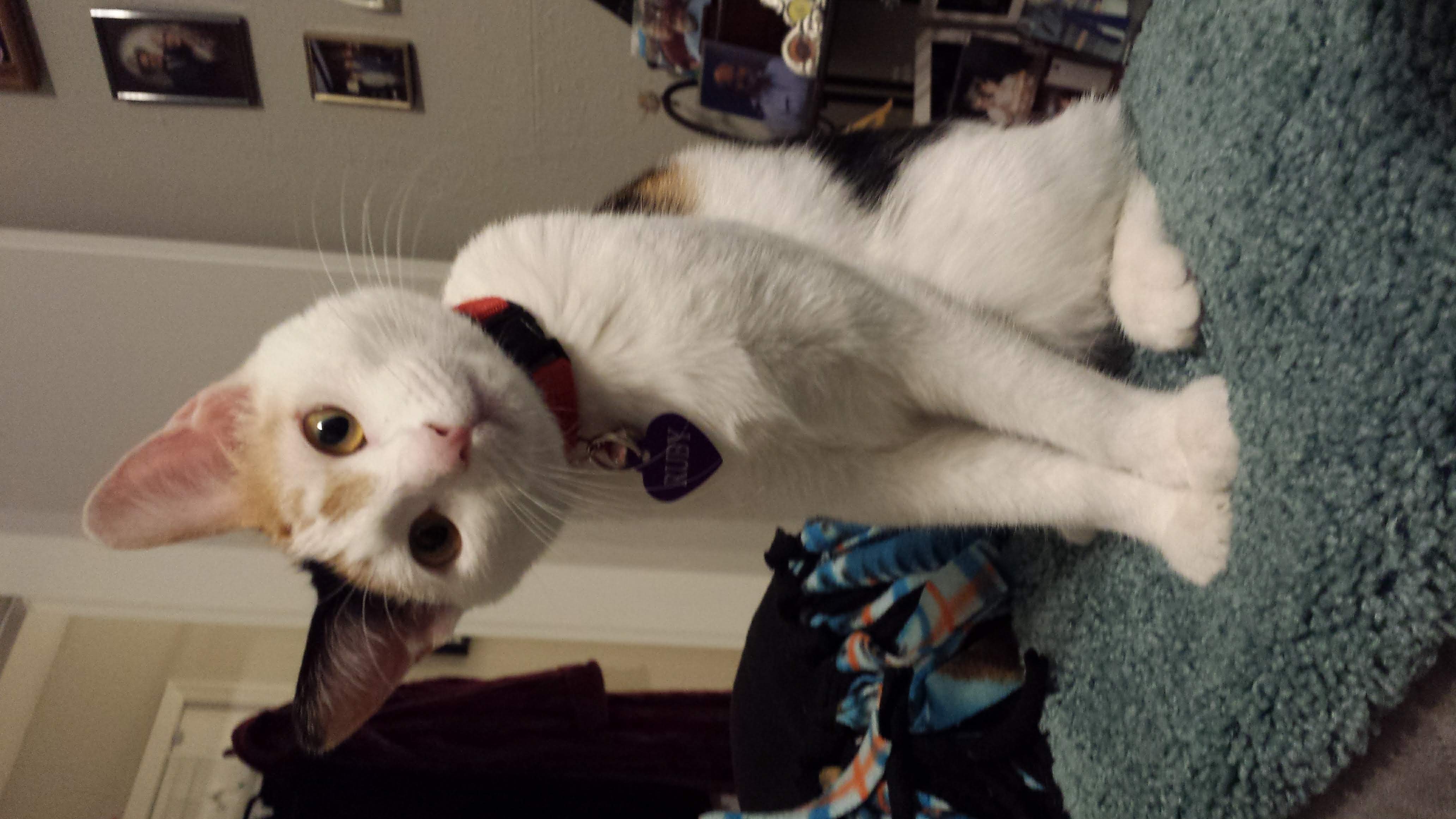
Shouldn't your pet have Pawfect Manners? Sign up now!
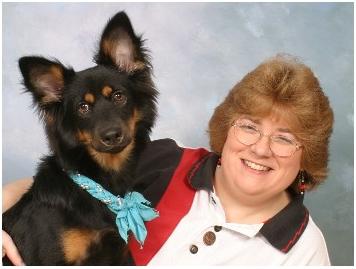


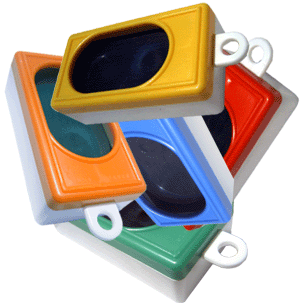
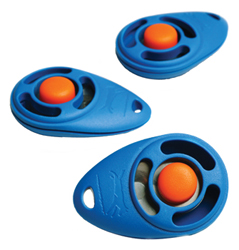



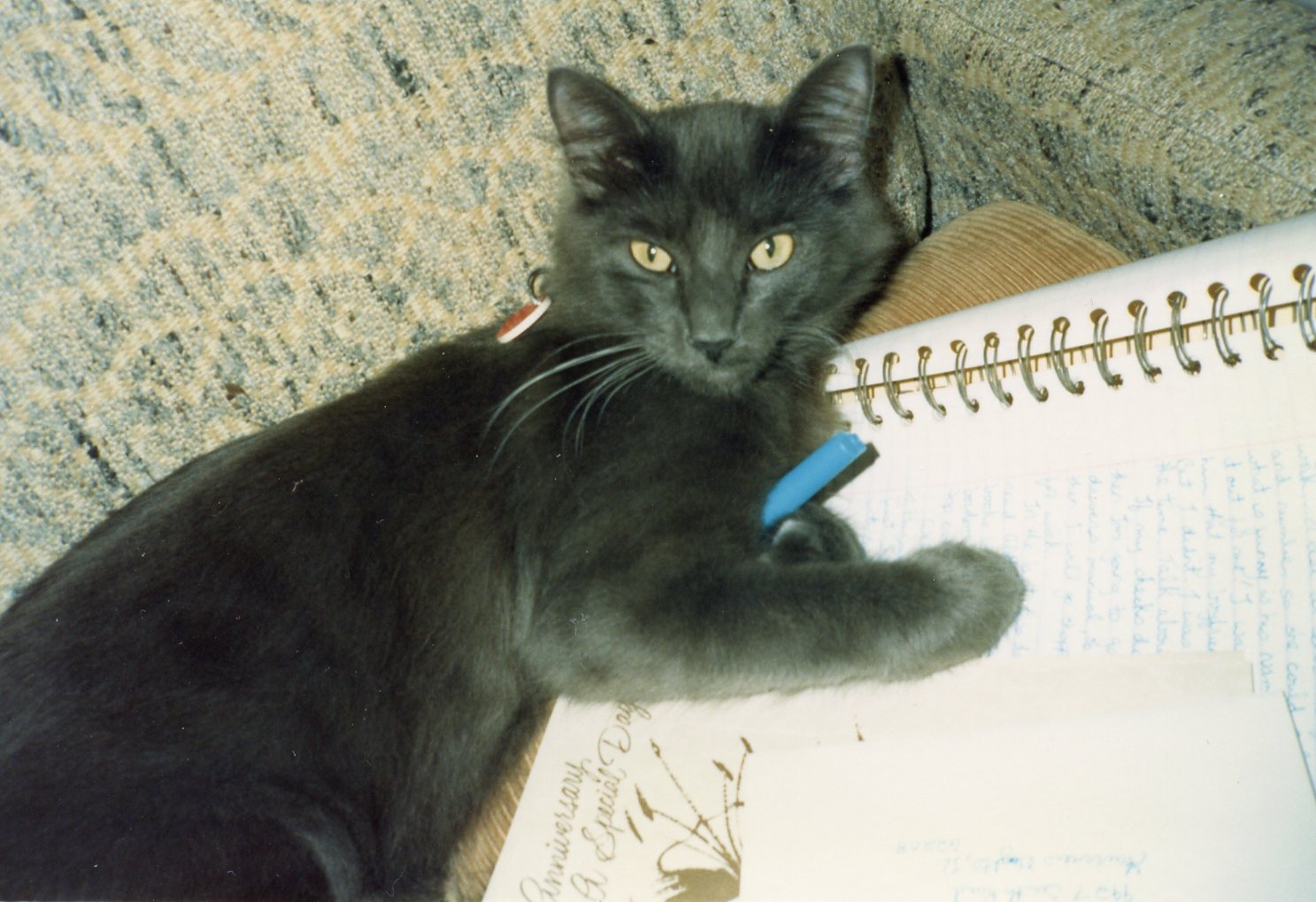
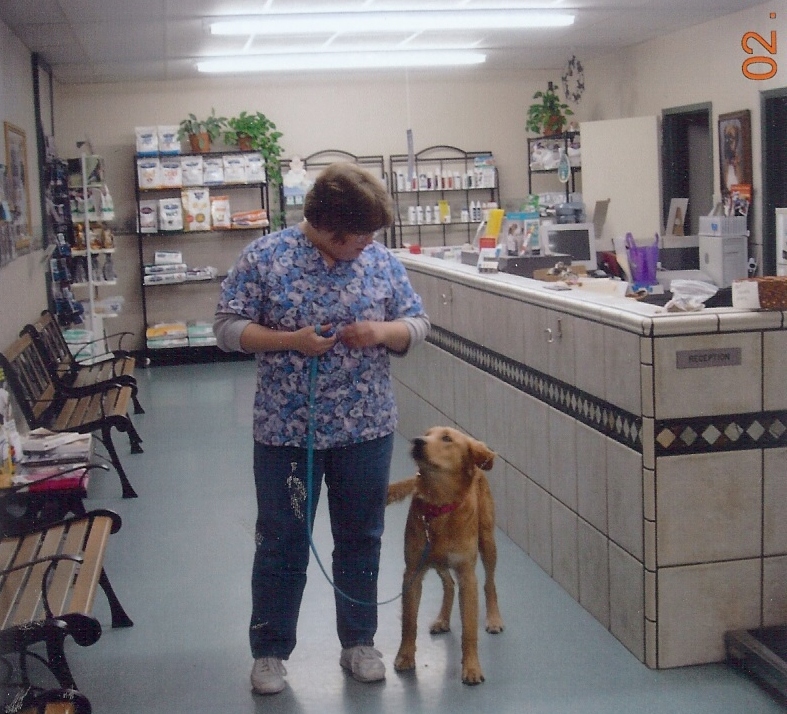
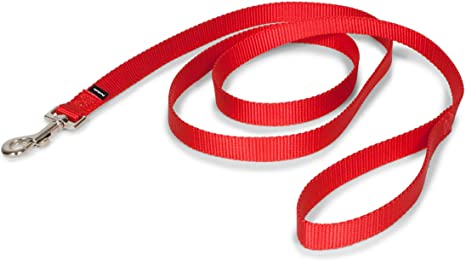
Shouldn't Your Pet Have Pawfect Manners?
You can have a well-behaved pet, let me show you how.
Schedule Your Class!(281) 440-6818
judy.pawfectmanners@gmail.com